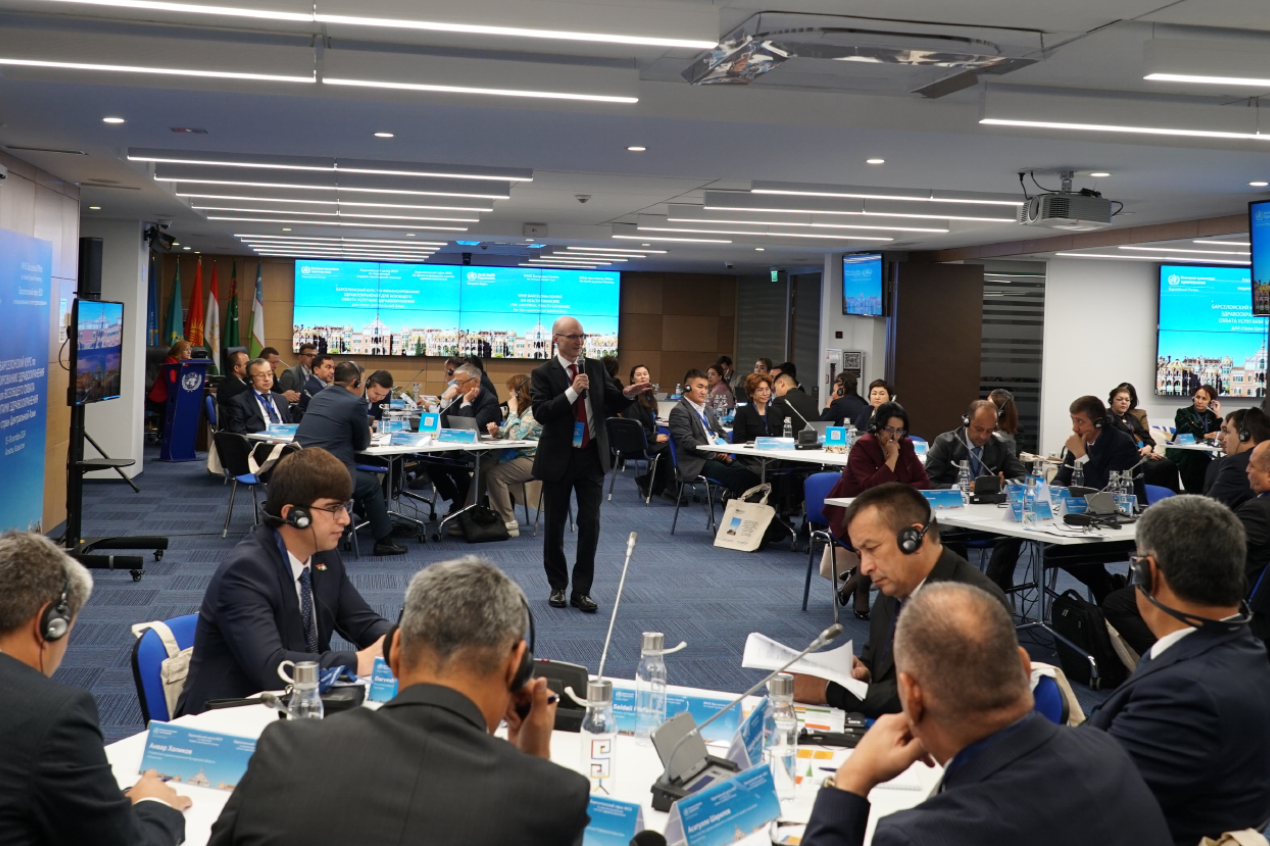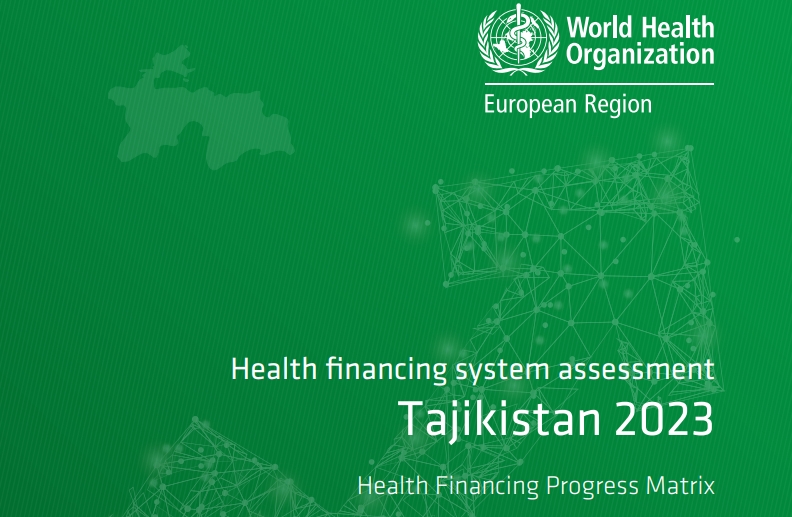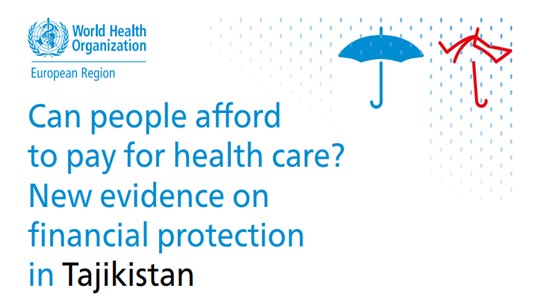Tajikistan has unequal distribution of health resources and shortages in the health workforce, equipment, and facilities.[2] Gapsin access to healthcare are mainly caused by the limited availability of services and lack of financial protection. Although the publicly funded system is designed to ensure free access to services at public health facilities, private and informal payments are widespread. Out-of-pocket (OOP) payments have become one of the barriers to care that the government is working to reduce. With variations over time, OOP payments decreased from 79 % of current health expenditure in 2000 to 65 in 2020.[1]
The journey to social health protection reform
Since 2005, the government has several times attempted launching a basic health service benefit package with a statutory health insurance scheme to guarantee equitable access to a partly or fully subsidized package of services.[2] In preparation for this reform, the government strengthened and restructured primary healthcare, introduced a capitation-based financing approach and expanded the institutional capacity of health providers. Development partners supported government efforts to improve service delivery and availability with a range of pilot projects.
By 2019, a basic benefit package programme was launched in 19 out of 62 regions of Tajikistan, covering 21% of the population. The basic package entitles residents to emergency care, preventive and primary care, basic diagnostic testing and specialist consultations upon referral at no charge. The programme charges copayments of 50 percent with referral, to 70 percent without referral, for other health services. Vulnerable populations, including low-income persons, infants, and adults over 80, are exempt from user fees. In the regions where this health package is not yet active, there is a state-guaranteed benefit package that provides similar benefits but requires higher copayments for services on referral. Eighty percent to 100% of services may be accessed without referral. The National Development Strategy of Tajikistan – 2030 identifies the launch of health insurance as one of the priorities in improving population health and longevity. The government is working on the introduction of mandatory health insurance.
References
[1] World Health Organization. Global Health Expenditure Database, accessed 24 February 2023.
[2] Copenhagen: WHO Regional Office for Europe, Health-related SDG targets in Tajikistan: implementation of policies and measures to achieve SDG health-related targets, 2020, accessed 5 April 2022.





